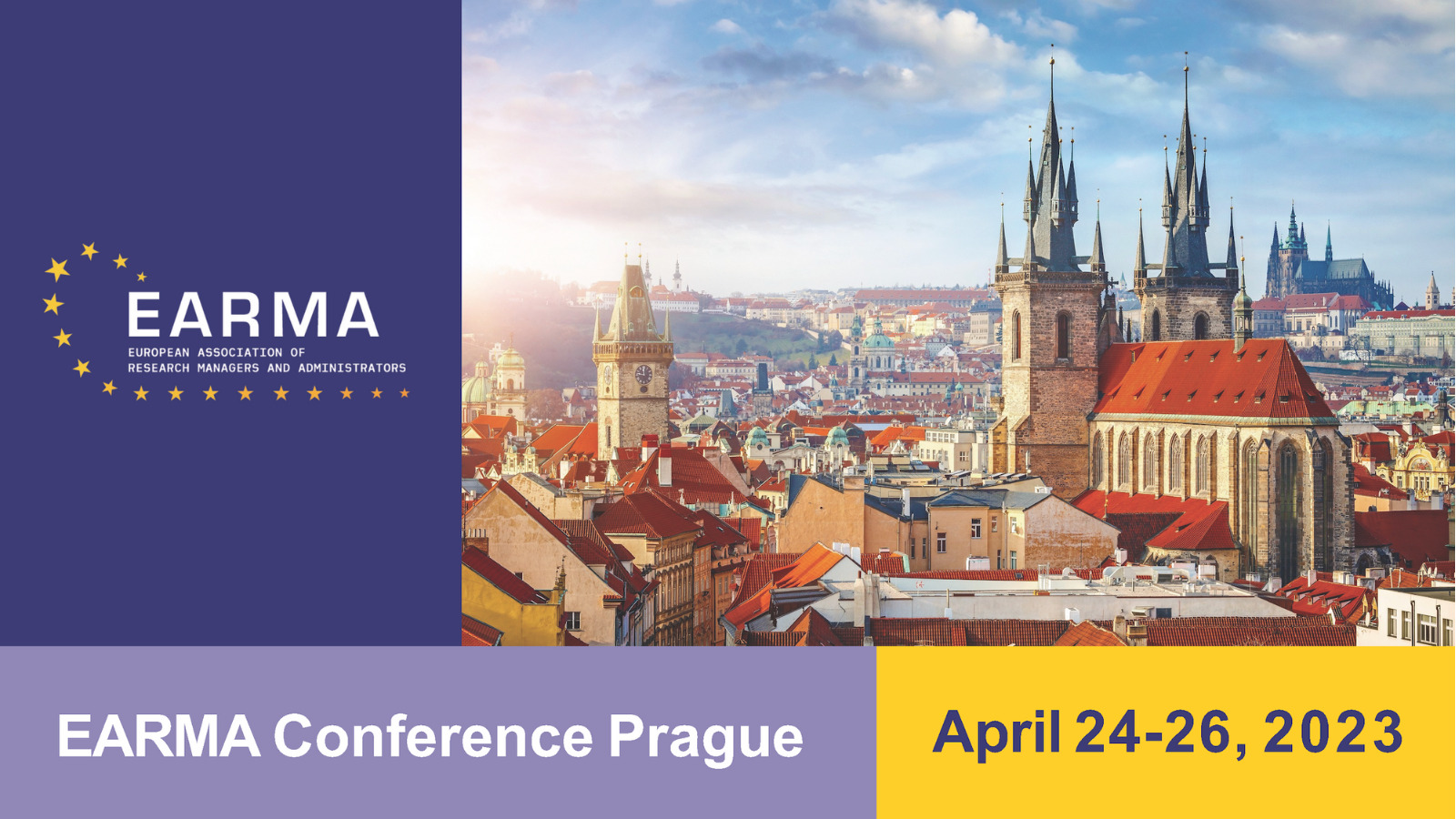A RMA's role in research collaboration
Stimulating research collaboration within university alliances with RMA support
Conference
Format: Pecha Kucha
Topic: Policy, Strategy, Evaluation and Foresight
Session: 🔴🏀🟢⚽ Pecha Kucha on Reseach Managment and Capacity Building topics
Wednesday 26 April 11:30 a.m. - 12:30 p.m. (UTC)
Abstract
When building university alliances there are several aspects that can help to facilitate and stimulate research collaboration within the alliance. First of all, if the alliance wants to be taken seriously, it needs to be underpinned by a valid governance structure such as a Memorandum of Understanding or Agreement contract, including receiving professional support from the mutual research support departments. Secondly, although a formal contract is essential to be convincing on the intentions, even more important is that the institutions have a similar (working) culture and strategies in able to bridge gaps and solve challenges that may arise.
Thirdly and most obvious, is that there should be similarity or at least complementarity in research subjects. This is a basic foundation for collaboration, as researchers need to be able to relate to each other’s subjects and methodologies. This can be underpinned by developing a Joint Research Strategy under auspices of the Research Support Offices, in which the subject overlap, focus and main goals becomes clear.
Fourthly, setting up a special long-term funding scheme to which researchers can apply is a great way and motivator to stimulate starting off mutual research projects and together with the Joint Research Strategy, it accelerates the search for collaboration partners in topics researchers are eager to undertake. Funding from this alliance scheme is only awarded based on specially defined criteria and funded projects are obliged to participate in the annual university alliance conference.
The buy-in for researchers is many-fold: this type of supported research collaboration within alliances offer (young career) researchers new opportunities, widens their networks and if awarded, is also a proof of their being able to acquire (internal) funding. Often, these funds help researchers gather extra data, delivering publications and papers as well. But the buy-in for RMA’s is also many-fold: they are involved in strategic partnerships, broaden their international experience, expand their networks and share good practices in supporting services. Our experience in setting up such a structure has therefore been very rewarding for our organizations, our researchers as well as for ourselves.
Take aways:
- Understanding how a Joint Research Strategy and related funding scheme can accelerate collaboration amongst researchers as well as the research support teams themselves
- How supporting university alliance research teams makes a RMA’s work more rewarding
- Being able to identify and make better use of networking opportunities for RMA’s


